Home>Technology>Home Entertainment Systems>What Is Television
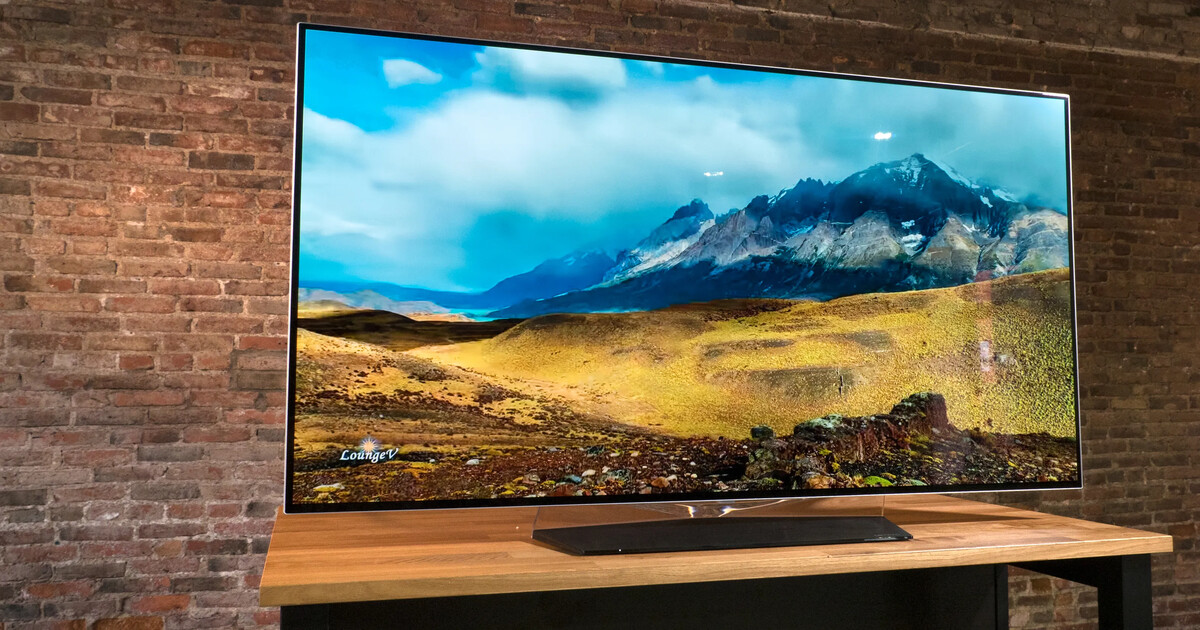

Home Entertainment Systems
What Is Television
Modified: January 9, 2024
Learn about the evolution of home entertainment systems and how television has become an integral part of modern living. Explore the latest trends and technologies in home entertainment.
(Many of the links in this article redirect to a specific reviewed product. Your purchase of these products through affiliate links helps to generate commission for Storables.com, at no extra cost. Learn more)
Introduction
Welcome to the fascinating world of television, where entertainment, information, and technology converge to enrich our lives. Television, often referred to as TV, has become an integral part of modern society, shaping our culture and influencing our perspectives. From its humble beginnings to the cutting-edge advancements of today, television has undergone a remarkable evolution, leaving an indelible mark on the way we connect with the world.
As we delve into the history, technology, and societal impact of television, we will uncover the captivating journey that has transformed this invention into a ubiquitous presence in our daily lives. Join us as we explore the past, present, and future of television, gaining insight into its profound significance and enduring relevance.
Key Takeaways:
- Television has a rich history, from mechanical systems to today’s smart TVs. It has shaped society, influenced culture, and continues to evolve with advanced technology.
- The future of television holds exciting possibilities, including AR/VR integration, diverse storytelling, and personalized viewing experiences. It’s a gateway to immersive, transformative storytelling.
Read more: What Is Sling Television?
The History of Television
The history of television is a captivating narrative that unfolds with the ingenuity of inventors and the relentless pursuit of innovation. The concept of transmitting moving images through electronic signals took root in the late 19th century, setting the stage for a revolutionary form of communication and entertainment.
In the early 1920s, visionaries such as John Logie Baird and Charles Francis Jenkins made significant strides in developing mechanical television systems. Their pioneering efforts culminated in the transmission of rudimentary images, marking the dawn of television as we know it today. Subsequently, the invention of the cathode ray tube by Vladimir Zworykin and Philo Farnsworth’s breakthrough in electronic television laid the groundwork for the modern television technology that would soon captivate the world.
Television’s journey continued to unfold, with the first public demonstration of electronic television taking place at the 1939 New York World’s Fair. This pivotal moment showcased the potential of television as a mass medium, igniting widespread interest and setting the stage for its eventual proliferation into households across the globe.
Following the temporary hiatus caused by World War II, the post-war era witnessed a surge in television’s popularity, with the medium becoming a staple in living rooms and a catalyst for cultural change. The introduction of color television in the 1950s further elevated the viewing experience, captivating audiences with vibrant, lifelike imagery.
Television’s evolution continued unabated, with the advent of cable and satellite broadcasting expanding the range of available channels and programming. The transition from analog to digital transmission in the late 20th century marked a pivotal technological leap, enhancing picture and sound quality while paving the way for interactive television experiences.
Today, the history of television stands as a testament to human innovation and the relentless pursuit of enhancing the viewing experience. From its humble beginnings as a novel experiment to its status as a ubiquitous presence in households worldwide, television’s journey is a testament to the enduring power of human creativity and technological advancement.
The Evolution of Television Technology
The evolution of television technology is a remarkable saga of innovation, engineering prowess, and the relentless pursuit of enhancing the viewing experience. From the early mechanical systems to the high-definition, internet-connected smart TVs of today, television technology has undergone a transformative journey, continually redefining the way we consume content and interact with the medium.
The transition from mechanical to electronic television systems in the mid-20th century marked a pivotal turning point, ushering in an era of unprecedented technological advancement. The development of the cathode ray tube (CRT) and the electronic scanning methods pioneered by Philo Farnsworth and Vladimir Zworykin laid the foundation for the modern television sets that would soon become a fixture in households worldwide.
The introduction of color television in the 1950s revolutionized the viewing experience, immersing audiences in vibrant, lifelike imagery and expanding the creative possibilities for content creators. Subsequent decades witnessed the advent of remote controls, teletext, and closed captioning, enhancing accessibility and convenience for viewers.
The digital revolution of the late 20th century brought about seismic changes in television technology, with the transition from analog to digital transmission enabling crystal-clear picture quality and immersive surround sound. This technological leap also facilitated the integration of interactive features, paving the way for electronic program guides, video-on-demand services, and interactive gaming directly on the television screen.
As the 21st century unfolded, television technology underwent a paradigm shift with the emergence of high-definition (HD) and ultra-high-definition (UHD) displays, delivering unprecedented clarity and visual fidelity. The integration of internet connectivity into smart TVs transformed them into multifaceted entertainment hubs, allowing seamless access to streaming services, social media, and a myriad of digital content.
Furthermore, the evolution of display technologies, including OLED and QLED, has elevated the viewing experience to new heights, offering unparalleled contrast, color accuracy, and energy efficiency. The convergence of voice recognition, artificial intelligence, and home automation has endowed modern televisions with intuitive, voice-controlled interfaces, transcending traditional user experiences.
Looking ahead, the evolution of television technology continues to unfold, with advancements in augmented reality (AR), virtual reality (VR), and holographic displays poised to redefine immersive entertainment experiences. The relentless pursuit of innovation and the convergence of technology and creativity ensure that the future of television holds boundless possibilities, promising to captivate and inspire audiences for generations to come.
Television is a device that displays moving images and sound. It receives signals through antennas or cables to broadcast shows, news, and movies.
The Impact of Television on Society
Television’s impact on society is profound and far-reaching, shaping cultural norms, influencing public discourse, and serving as a window to the world. Since its inception, television has been a powerful force in shaping societal attitudes, behaviors, and collective consciousness, leaving an indelible imprint on the fabric of human experience.
One of television’s most significant contributions to society lies in its role as a catalyst for social change and awareness. Through news broadcasts, documentaries, and investigative journalism, television has brought global events and societal issues into the living rooms of millions, fostering empathy, understanding, and a sense of shared humanity. From civil rights movements to environmental activism, television has amplified the voices of marginalized communities and galvanized public support for transformative causes.
Moreover, television has been instrumental in shaping popular culture, serving as a platform for artistic expression, storytelling, and the dissemination of diverse perspectives. Television programming has reflected and influenced societal trends, sparking conversations about identity, representation, and the human experience. Iconic television shows have become touchstones of shared cultural memory, transcending geographical boundaries and fostering a sense of communal belonging.
Television’s influence on consumer behavior and economic dynamics cannot be overstated. The advent of televised advertising transformed the marketing landscape, shaping consumer preferences and driving economic activity. Television commercials have not only showcased products and services but have also become cultural artifacts, reflecting the aspirations and values of their respective eras.
Furthermore, television has played a pivotal role in shaping the collective imagination, inspiring generations with its storytelling prowess and visual storytelling. From groundbreaking dramas to thought-provoking documentaries, television has served as a powerful medium for fostering empathy, igniting curiosity, and expanding the horizons of viewers’ perspectives.
However, alongside its myriad contributions, television has also faced scrutiny for its potential to perpetuate stereotypes, disseminate misinformation, and desensitize audiences to violence and sensationalism. The responsible portrayal of diverse voices and experiences, as well as the ethical stewardship of content, remains a critical consideration in harnessing television’s potential for positive societal impact.
Looking ahead, the impact of television on society continues to evolve in tandem with technological advancements and shifting viewing habits. The proliferation of streaming platforms, interactive content, and personalized viewing experiences heralds a new era of audience engagement, offering opportunities to foster empathy, drive social change, and celebrate the richness of human diversity.
In essence, television’s impact on society transcends entertainment, resonating with the collective consciousness and serving as a mirror to our shared aspirations, struggles, and triumphs. As the medium continues to evolve, its potential to shape societal narratives and inspire meaningful dialogue remains a testament to its enduring relevance and influence.
The Future of Television
The future of television is poised to unfold in a landscape defined by technological innovation, evolving viewer preferences, and the seamless integration of digital experiences into the fabric of daily life. As we stand at the threshold of a new era in entertainment, the trajectory of television holds boundless potential, promising to redefine the viewing experience and transcend conventional boundaries.
One of the most transformative developments on the horizon is the convergence of television with augmented reality (AR) and virtual reality (VR), offering immersive, interactive narratives that transport viewers into captivating, multisensory realms. This fusion of storytelling and cutting-edge technology holds the promise of creating unparalleled levels of engagement, blurring the lines between fiction and reality.
Furthermore, the advent of holographic displays and three-dimensional projection technologies presents a tantalizing glimpse into a future where television experiences transcend the confines of traditional screens, enveloping audiences in captivating, lifelike imagery that transcends spatial limitations.
The evolution of content delivery and consumption is also poised for a paradigm shift, with the proliferation of personalized, on-demand viewing experiences that cater to individual preferences and viewing habits. Streaming services, interactive storytelling, and user-generated content are reshaping the landscape of television, fostering a participatory culture where audiences actively shape their entertainment experiences.
Moreover, the integration of artificial intelligence (AI) and machine learning algorithms is poised to revolutionize content discovery and recommendation systems, providing viewers with tailored, serendipitous content suggestions that align with their unique tastes and interests. Additionally, AI-powered production tools and virtual studio environments are redefining the creative process, empowering storytellers with unprecedented levels of flexibility and imaginative freedom.
The future of television also holds the promise of fostering inclusive, diverse narratives that celebrate the richness of human experience. As the medium continues to embrace authentic representation and amplify underrepresented voices, television stands to become a catalyst for empathy, understanding, and social change, fostering a more equitable and inclusive cultural landscape.
Furthermore, the seamless integration of television with smart home ecosystems and Internet of Things (IoT) devices is redefining the concept of connected entertainment, offering viewers a seamless, interconnected experience that blurs the boundaries between traditional television and interactive, ambient media experiences.
In essence, the future of television is a tapestry of innovation, creativity, and boundless potential, offering audiences a gateway to immersive, transformative storytelling experiences that transcend the confines of traditional viewing paradigms. As the medium continues to evolve, its capacity to captivate, inspire, and unite audiences stands as a testament to its enduring relevance in an ever-changing world.
Frequently Asked Questions about What Is Television
Was this page helpful?
At Storables.com, we guarantee accurate and reliable information. Our content, validated by Expert Board Contributors, is crafted following stringent Editorial Policies. We're committed to providing you with well-researched, expert-backed insights for all your informational needs.
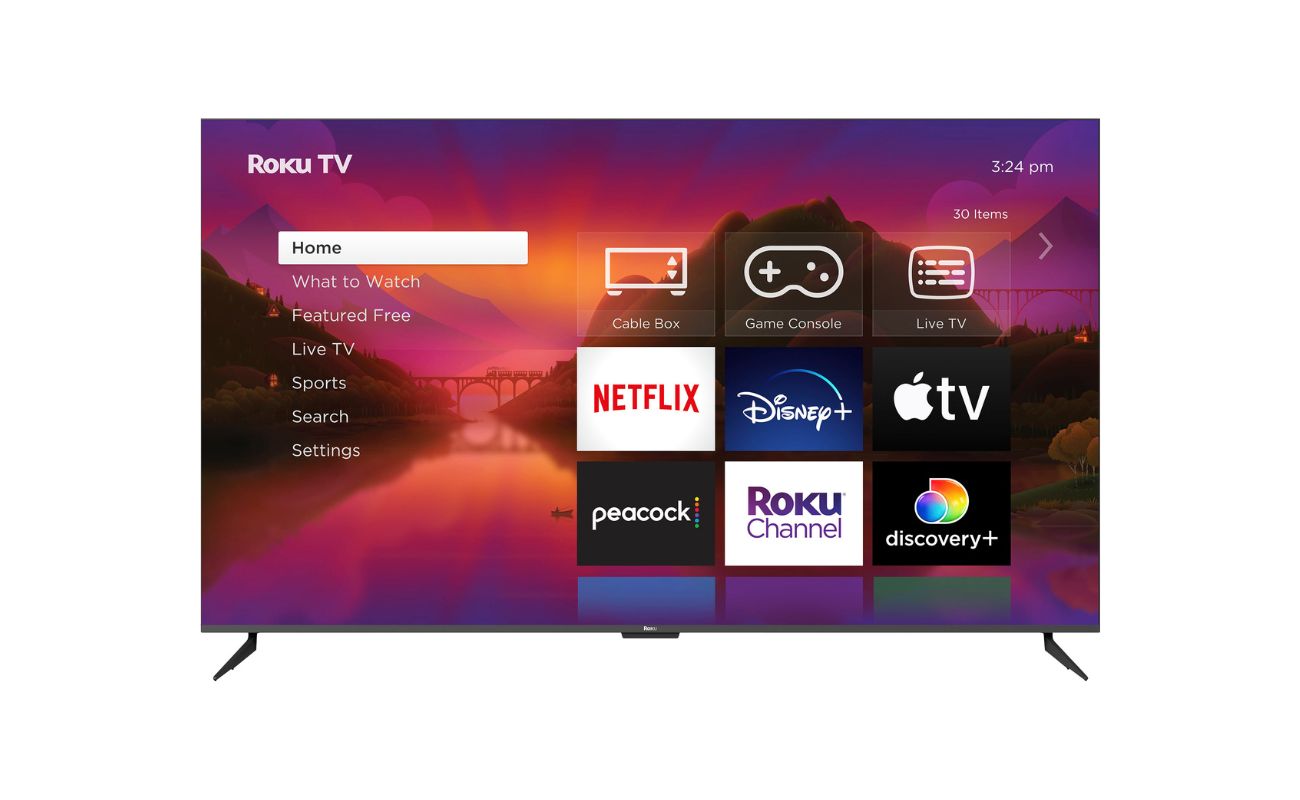

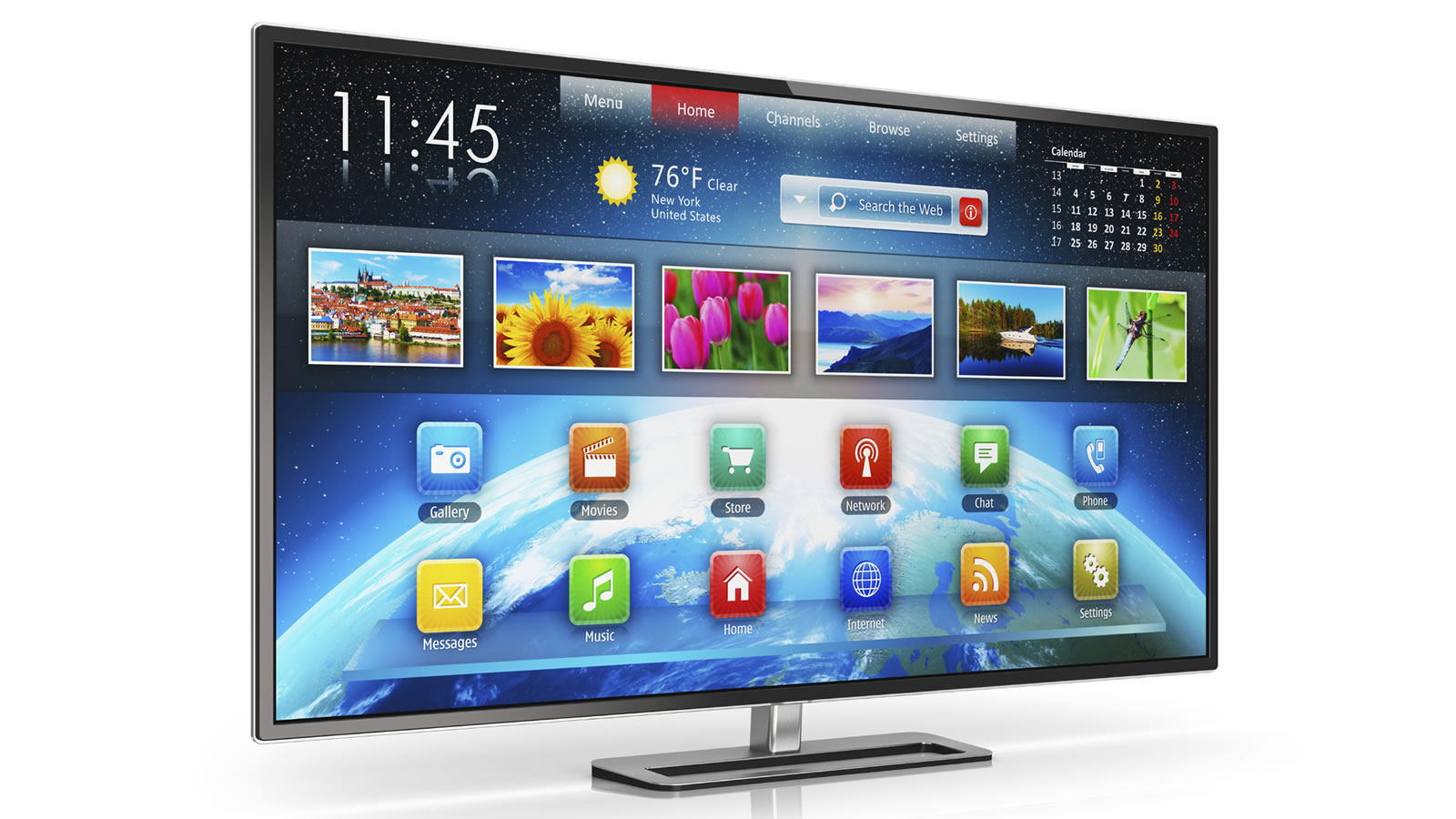




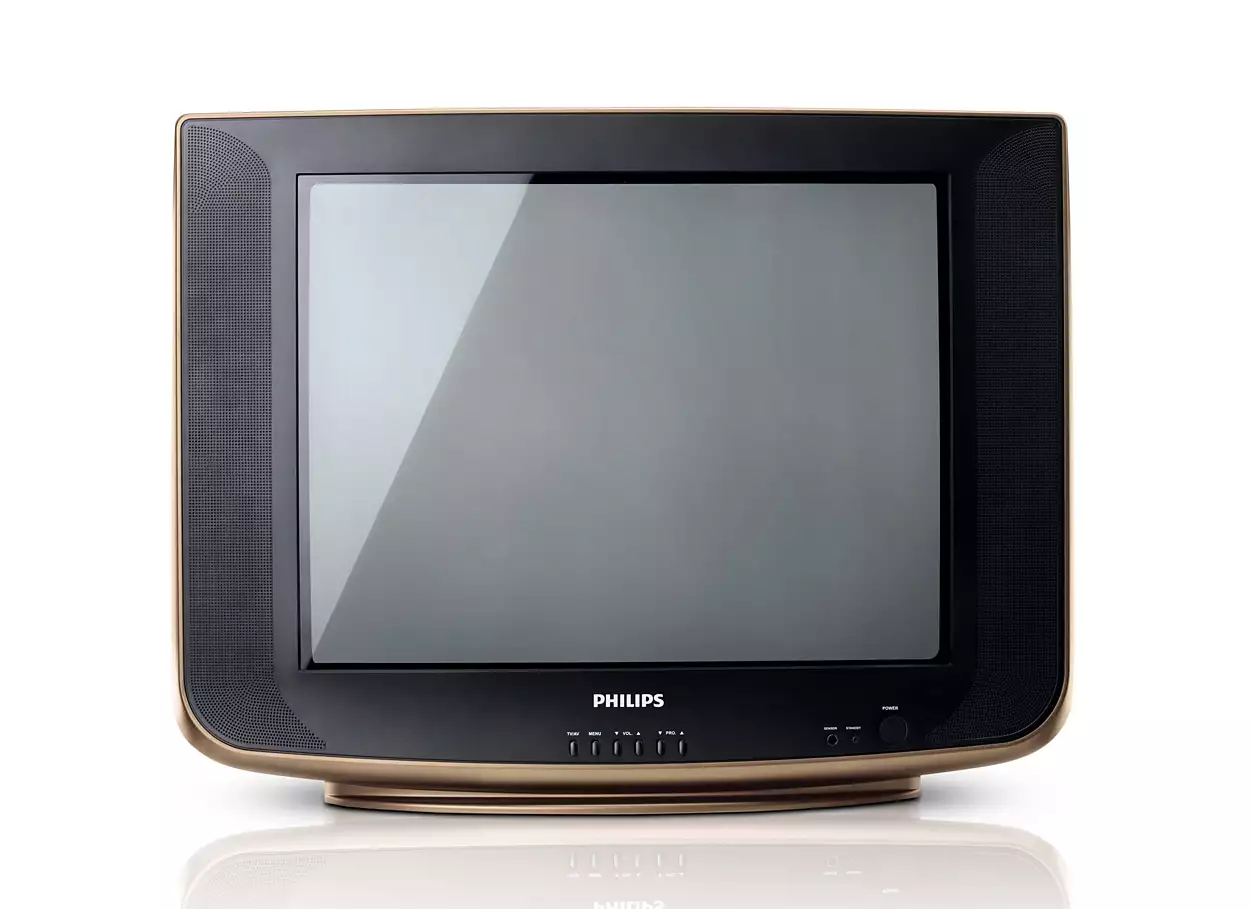
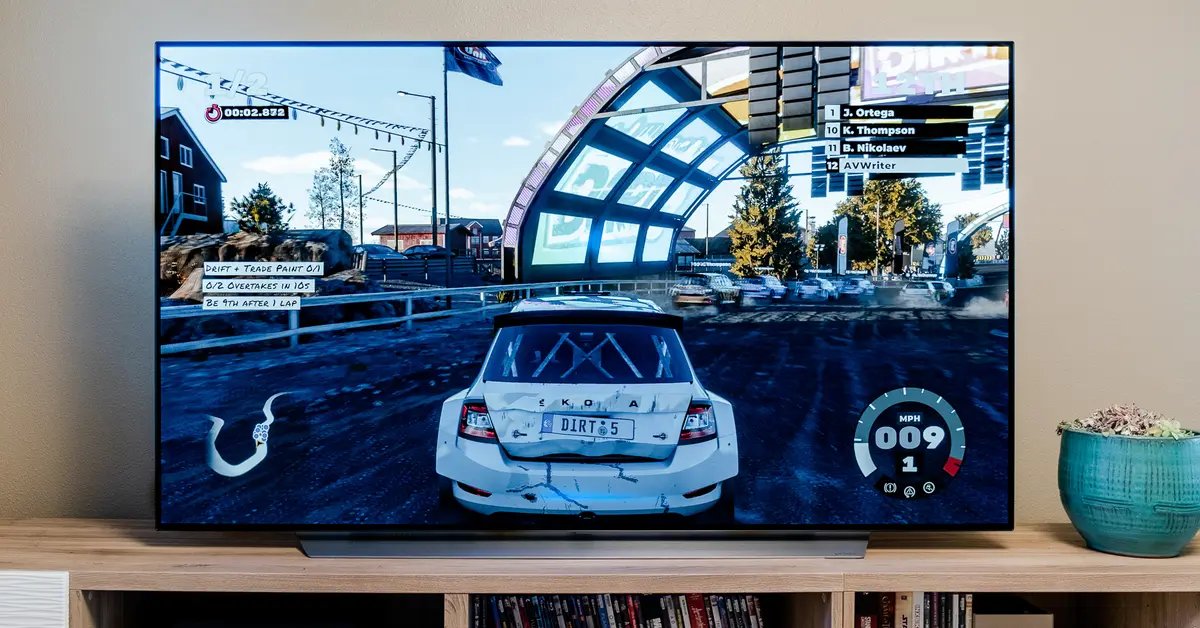
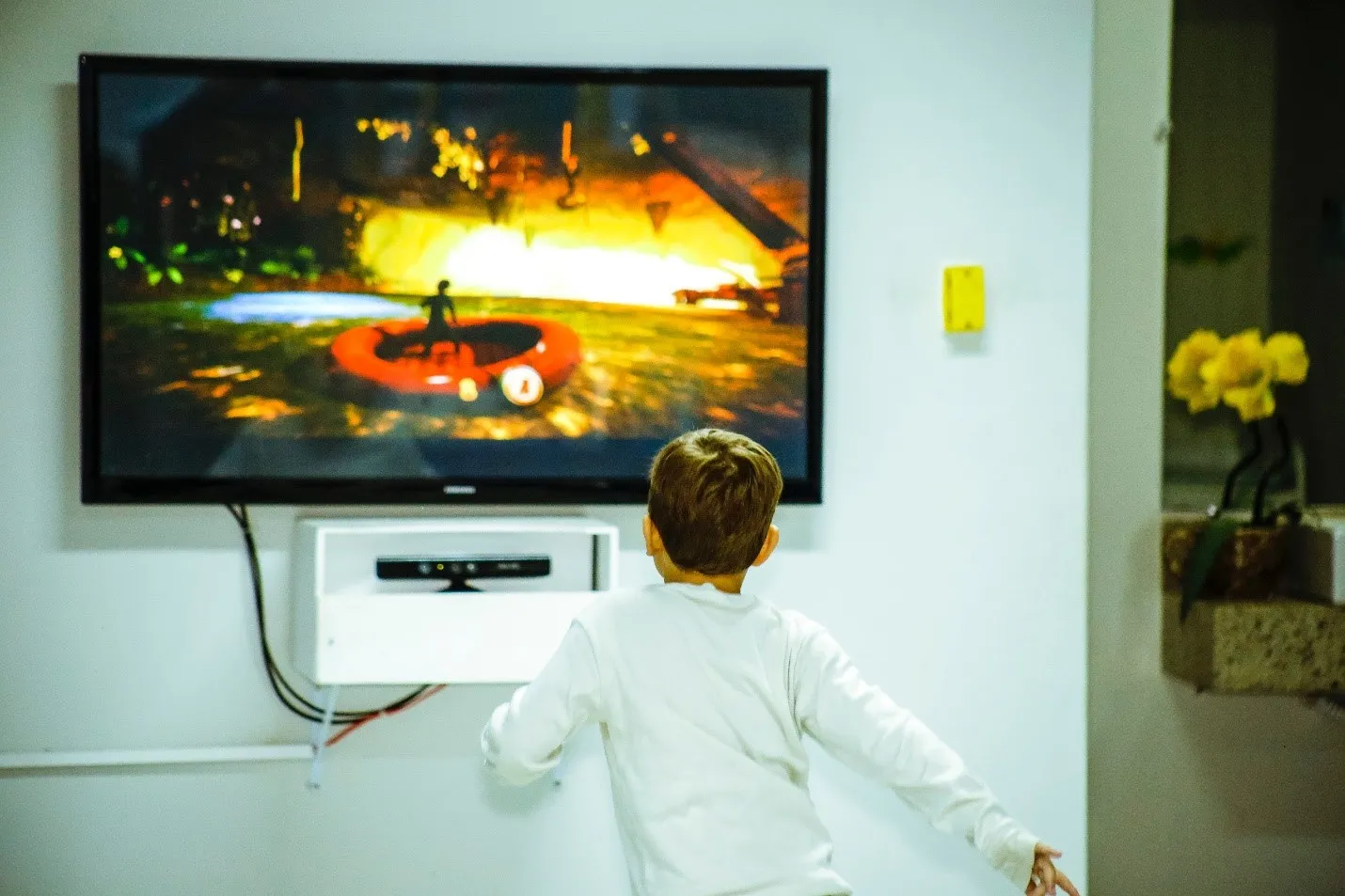



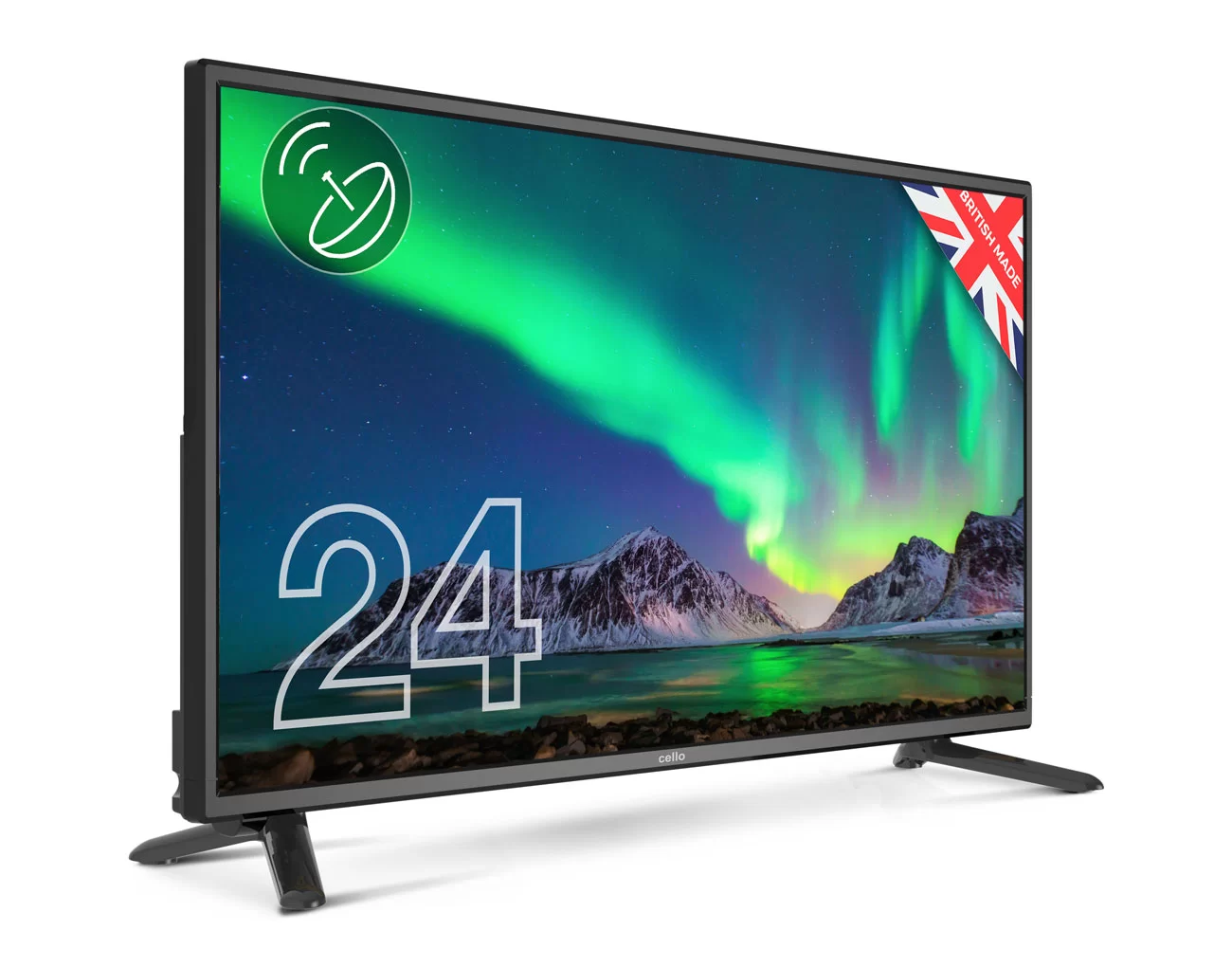


0 thoughts on “What Is Television”